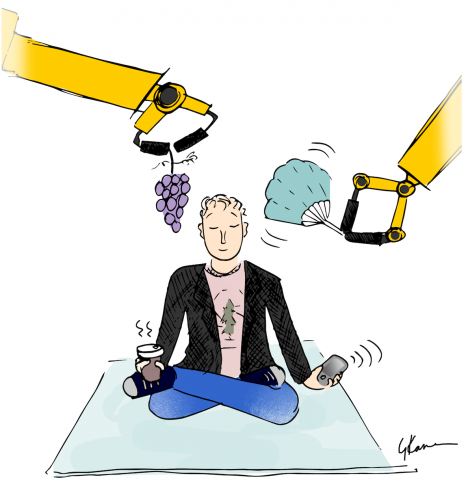

’Twas the dawn of the robots, when all MIT
Feared our research had turned into hyperbole;
Consultants and TED talkers said we’re just screwed,
Their models were clear, crystal balls had been viewed:
“Prepare for impoverished, rampaging mobs,
cuz robots are coming to take all our jobs!”
But tech has been wonderful, don’t get us wrong—
It’s made our lives easy and fruitful and long.
We’ve had automation before in the past—
We’ve had Engels’ pause, but the pause did not last.
As long as we keep on expanding the pie,
There’s more there for you…but way more for AI.
It’s true overall productivity grows,
But most of it goes to tech billionaire bros.

So if you’re concerned that you won’t have enough,
Ask who owns the robots that make all your stuff.
And why replace humans with mindless machines,
Which can’t think a thing that’s outside their routines.
The problem, you see, is the bots aren’t to blame.
They’re pawns in our great economical game
Where we are the ones who are writing the rules—
Like taxes on labor and credits for tools.
For the rise in the world’s inequality rate,
Is just part of the future that we all create.
(Unless the foreseen Singularity hits…
Beware then the robots that go on the fritz.)